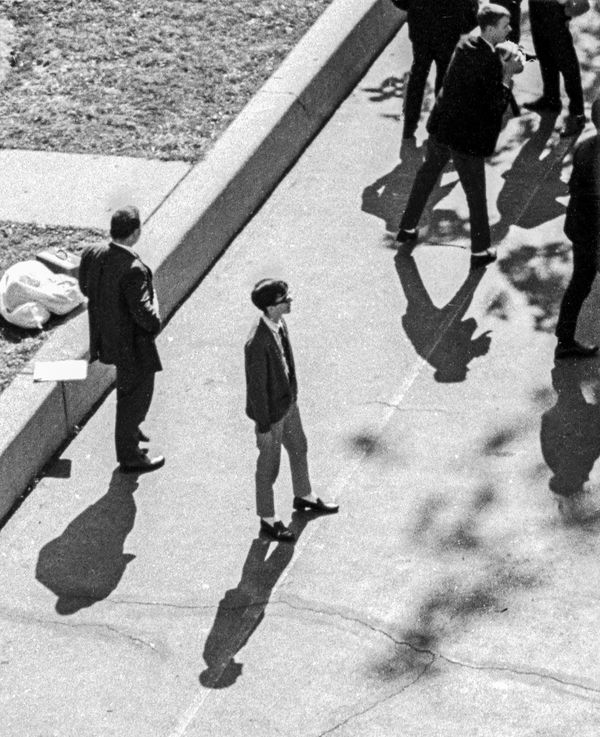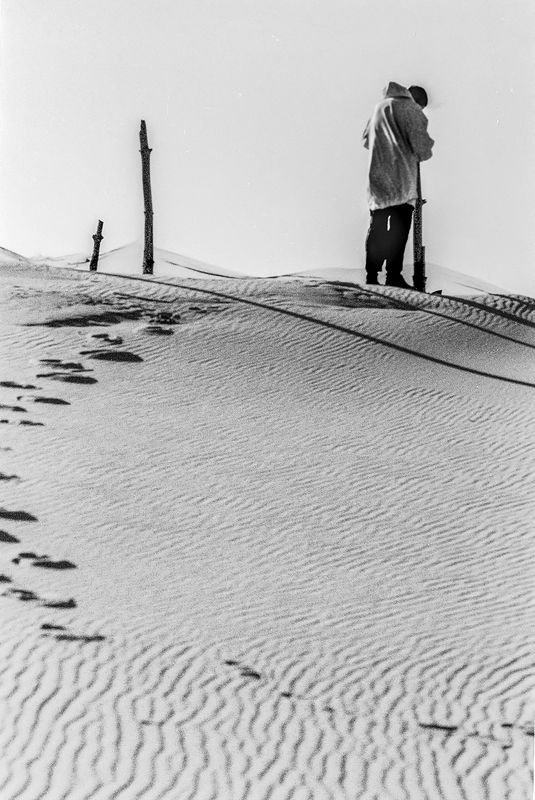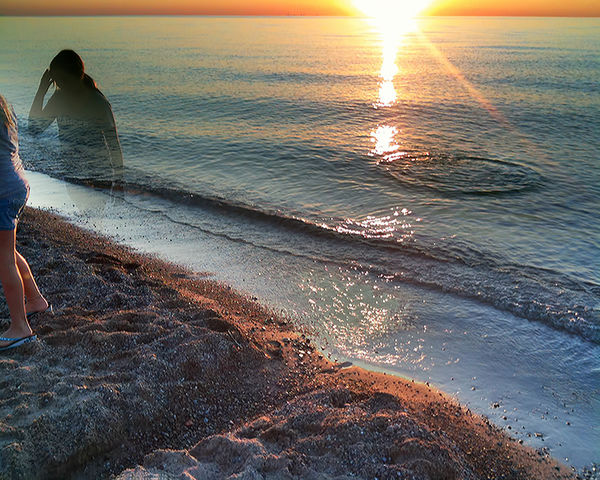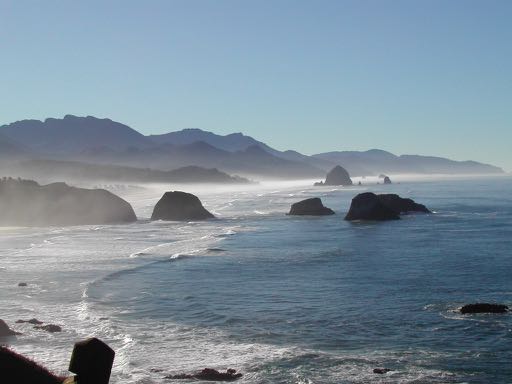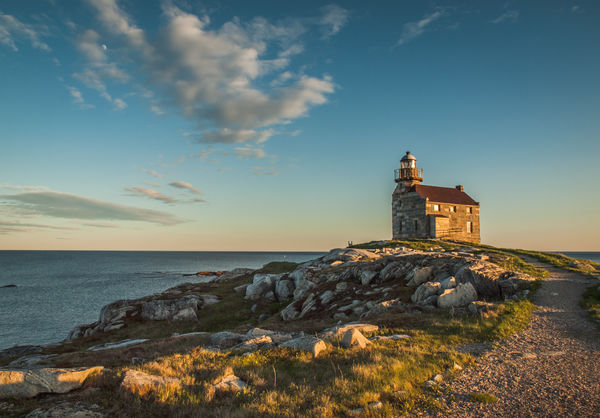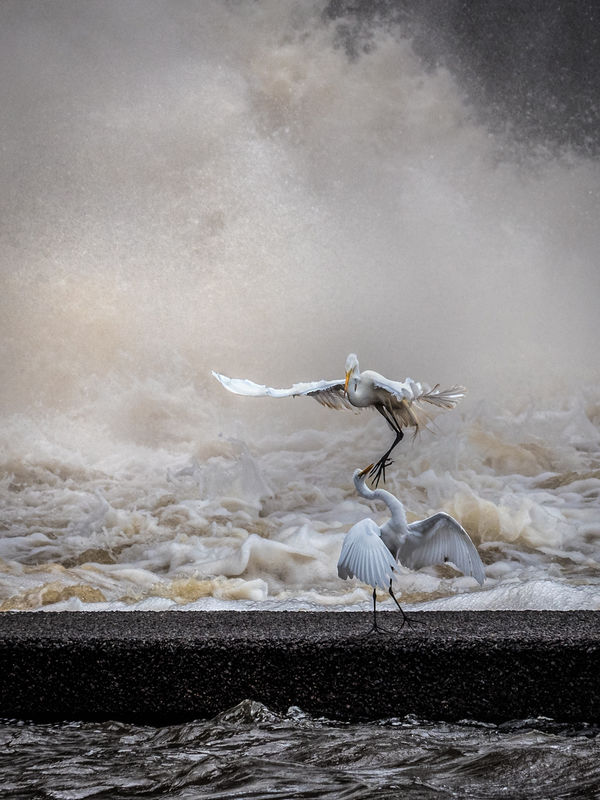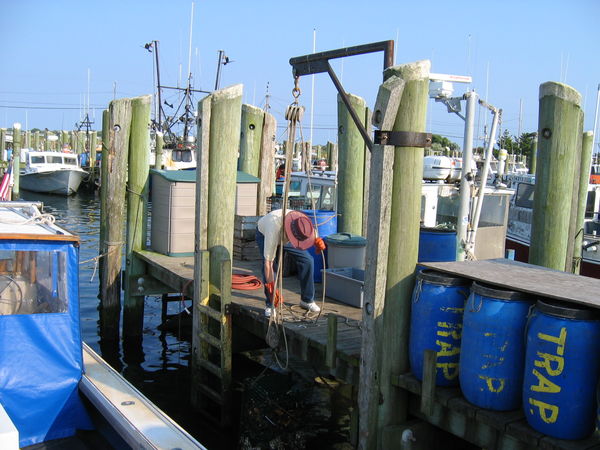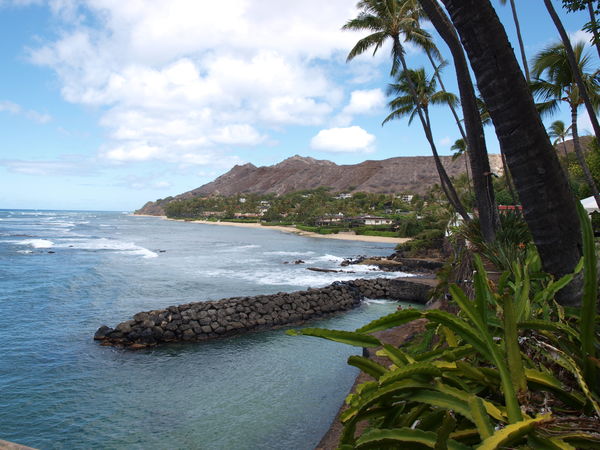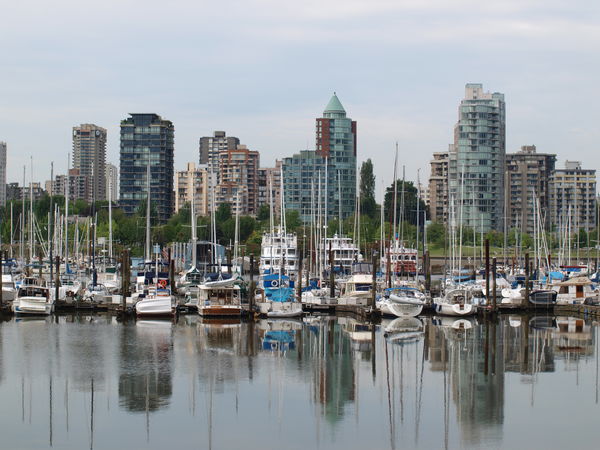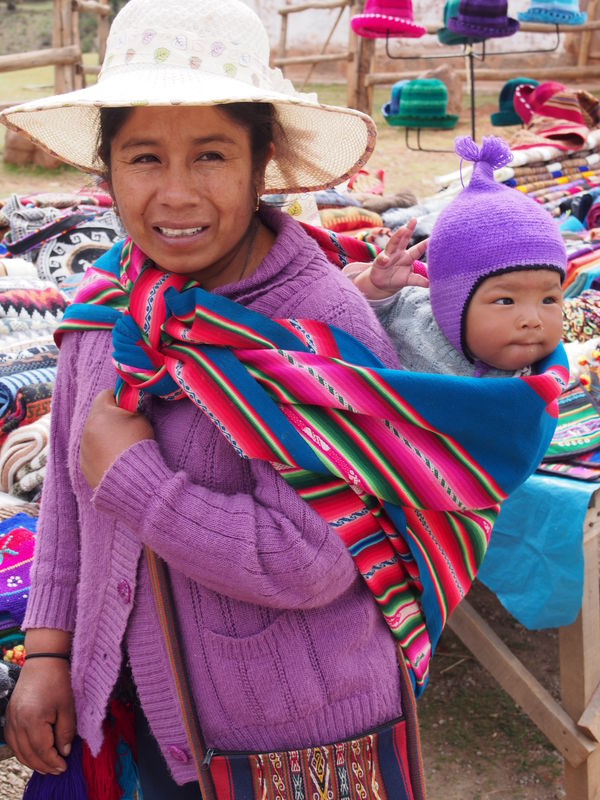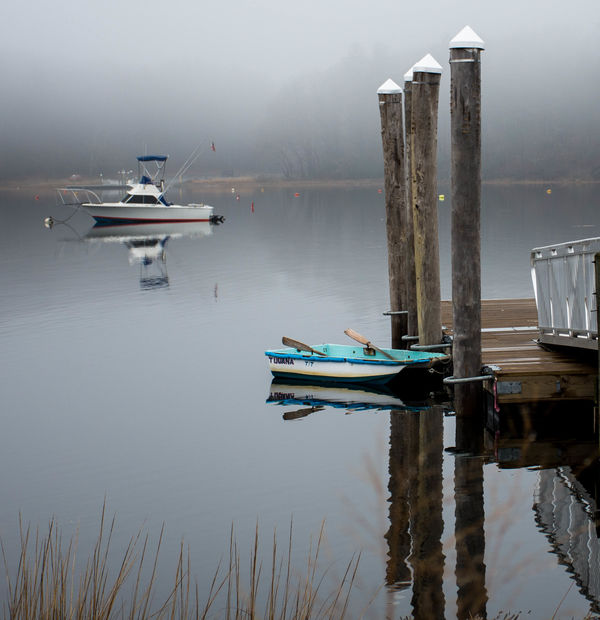Monthly Masters' Critique - January 2019 - David Hume Kennerly - Considering His Body of Work - and Yours!
Jan 1, 2019 10:35:12 #
Introduction
This month we will look at a tiny portion of a Body Of Work rather than a single image. We’ll be considering the work of modern master David Hume Kennerly from the perspective of three images: one captured when he began his photographic career at age 19, one from his Pulitzer Prize winning Viet Nam Portfolio, and one captured last week near his Oregon home. The images are very different. You may pick one to comment on or you may comment on all 3 if you wish.
David Hume Kennerly published his first picture in the high school paper in 1962. His first professional jobs--as a staff photographer for the Oregon Journal and the Portland Oregonian--led him to a position with UPI, which then sent him to cover the escalating war in Southeast Asia. The photos Kennerly took in Vietnam won the Pulitzer Prize for Feature Photography in 1972. He then returned stateside in 1973 to cover the political drama playing out in Washington for Time magazine. Following Nixon's resignation, Kennerly was named Chief White House Photographer during the Ford administration. In addition to his work for Time, Kennerly has been a contributing editor to Newsweek magazine, and he's produced major projects for Life, Good Morning America Sunday and George magazine. He's also authored several books--including Photo du Jour: A Picture-a-Day Journey through the First Year of the New Millennium, published in the Center for American History's "Focus on American History" series by UT Press.
Kennerly worked the bulk of his career with film photography, but now has embraced digital cameras and even iPhones and creative software. His body of work suggests that we as photographers can be ever-evolving, and welcoming of new technologies even while we still use those that are long established. Please look over the links below and explore more about this modern master, then respond to any of the questions below that interest you. I hope everyone will respond to the final question! Happy New Year!
Questions to Consider
1. Kennerly is best known for his photographs of well known people and events. Yet his personal portfolio is much broader. Do you think that is true for most successful photographers? Is it true for you? Does one become better by shooting many genres or specializing in just one? Should out-of-genre images be made public or kept private to keep the focus on your specialty? Explain a little!
2. What similarities do you see between the three images? What differences?
3. What are the strengths and weaknesses of any of the three you want to comment on? What do you think of the composition? Is the subject matter engaging; why or why not? Does the image tell a story?
4. Which image do you like best and why?
5. As we enter a new year, reflect on your own body of work. When did you begin? Would there be a diverse portfolio or a specialized one reflecting a particular interest? Has your specific interest changed over time? How has your equipment changed? Which of your skills are still continuing to develop? If you would like, please post 3 images of your own: one from your earliest days in photography, one from the middle of your body of work, and one recent. Tell us whatever you choose about your photographic body of work, and about your photographic plan for 2019.
Links For Further Study
https://kennerly.com/
https://en.wikipedia.org/wiki/David_Hume_Kennerly
https://www.pulitzer.org/winners/dave-kennerly
https://www.frankpicturesgallery.com/artists/davidkennerly/index.html
https://www.amazon.com/Books-David-Kennerly/s?ie=UTF8&page=1&rh=n%3A283155%2Cp_27%3ADavid%20Kennerly
http://blog.samys.com/david-hume-kenner ... n-anymore/
This month we will look at a tiny portion of a Body Of Work rather than a single image. We’ll be considering the work of modern master David Hume Kennerly from the perspective of three images: one captured when he began his photographic career at age 19, one from his Pulitzer Prize winning Viet Nam Portfolio, and one captured last week near his Oregon home. The images are very different. You may pick one to comment on or you may comment on all 3 if you wish.
David Hume Kennerly published his first picture in the high school paper in 1962. His first professional jobs--as a staff photographer for the Oregon Journal and the Portland Oregonian--led him to a position with UPI, which then sent him to cover the escalating war in Southeast Asia. The photos Kennerly took in Vietnam won the Pulitzer Prize for Feature Photography in 1972. He then returned stateside in 1973 to cover the political drama playing out in Washington for Time magazine. Following Nixon's resignation, Kennerly was named Chief White House Photographer during the Ford administration. In addition to his work for Time, Kennerly has been a contributing editor to Newsweek magazine, and he's produced major projects for Life, Good Morning America Sunday and George magazine. He's also authored several books--including Photo du Jour: A Picture-a-Day Journey through the First Year of the New Millennium, published in the Center for American History's "Focus on American History" series by UT Press.
Kennerly worked the bulk of his career with film photography, but now has embraced digital cameras and even iPhones and creative software. His body of work suggests that we as photographers can be ever-evolving, and welcoming of new technologies even while we still use those that are long established. Please look over the links below and explore more about this modern master, then respond to any of the questions below that interest you. I hope everyone will respond to the final question! Happy New Year!
Questions to Consider
1. Kennerly is best known for his photographs of well known people and events. Yet his personal portfolio is much broader. Do you think that is true for most successful photographers? Is it true for you? Does one become better by shooting many genres or specializing in just one? Should out-of-genre images be made public or kept private to keep the focus on your specialty? Explain a little!
2. What similarities do you see between the three images? What differences?
3. What are the strengths and weaknesses of any of the three you want to comment on? What do you think of the composition? Is the subject matter engaging; why or why not? Does the image tell a story?
4. Which image do you like best and why?
5. As we enter a new year, reflect on your own body of work. When did you begin? Would there be a diverse portfolio or a specialized one reflecting a particular interest? Has your specific interest changed over time? How has your equipment changed? Which of your skills are still continuing to develop? If you would like, please post 3 images of your own: one from your earliest days in photography, one from the middle of your body of work, and one recent. Tell us whatever you choose about your photographic body of work, and about your photographic plan for 2019.
Links For Further Study
https://kennerly.com/
https://en.wikipedia.org/wiki/David_Hume_Kennerly
https://www.pulitzer.org/winners/dave-kennerly
https://www.frankpicturesgallery.com/artists/davidkennerly/index.html
https://www.amazon.com/Books-David-Kennerly/s?ie=UTF8&page=1&rh=n%3A283155%2Cp_27%3ADavid%20Kennerly
http://blog.samys.com/david-hume-kenner ... n-anymore/
fair use: http://blog.samys.com/david-hume-kennerly-kind-career-doesnt-happen-anymore/
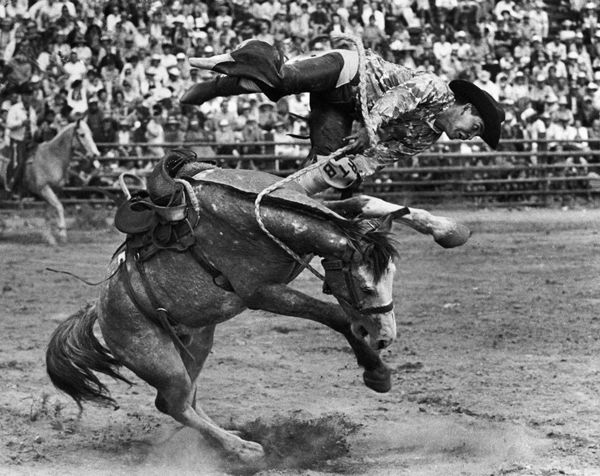
(Download)
fair use: https://kennerly.com/
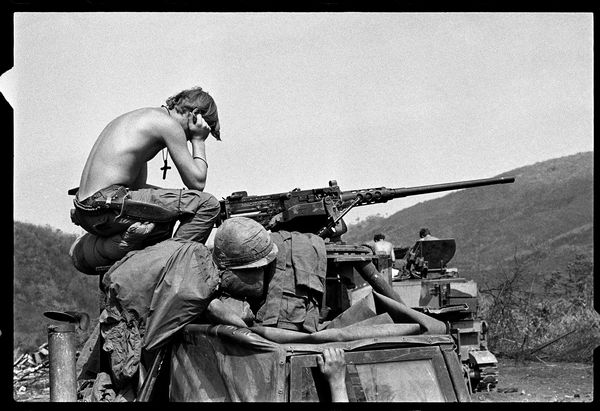
(Download)
fair use: https://kennerly.com/
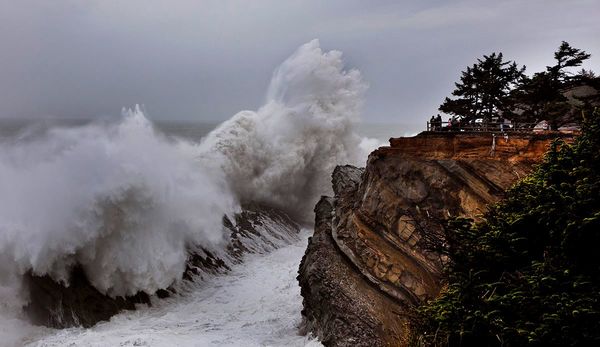
(Download)
Jan 2, 2019 21:30:26 #
Being a living thing is marvelous. Remaining a living thing can be quite a struggle, for some more than for others. One need only observe our earthly companions in "nature" to see that survival for them is a virtually constant task. I think that Kennerly likes to show that humans take "living" to a different level. As the song says: "I want to live, not merely survive." To me he seems to be exploring what it means to be human. Humans like to push the envelope. Humans like to prove themselves, better than mere animals, better than other humans, and somehow better than "nature" itself. I see this in all three photos. Even in the third the might of the sea appears armed and ready to destroy with its energy but man has come to confront it, to observe it and consider its viability as a worthy adversary.
In one of the sites linked there are photos of many well known politicos. What I see in those photos is the attempt to show the human side of them. It seems that Kennerly want to show that they are indeed human as are we all but that they, as attested by their fame, have chosen to bring humanity to the level of living and not just surviving.
But that's just me.
Disclaimer: I'm not suggesting that politicians are actually humane.
In one of the sites linked there are photos of many well known politicos. What I see in those photos is the attempt to show the human side of them. It seems that Kennerly want to show that they are indeed human as are we all but that they, as attested by their fame, have chosen to bring humanity to the level of living and not just surviving.
But that's just me.
Disclaimer: I'm not suggesting that politicians are actually humane.

Jan 3, 2019 07:53:13 #
MattPhox wrote:
Being a living thing is marvelous. Remaining a li... (show quote)
Thank you Matt for jumping into the fray! I agree with your assessment about Kennerly's photographs of the famous showing the humanity of familiar figures, admirable and less admirable folk who are well known to us but not necessarily in the context he presented them. My favorite of that group is probably the one of Nixon at the piano.
Jan 3, 2019 10:03:21 #
minniev wrote:
Thank you Matt for jumping into the fray! I agree with your assessment about Kennerly's photographs of the famous showing the humanity of familiar figures, admirable and less admirable folk who are well known to us but not necessarily in the context he presented them. My favorite of that group is probably the one of Nixon at the piano.
Nixon happened to be the one that struck me also. I think that Nixon, as are many politicians, was not comfortable with allowing glimpses into his personal side. Politicians want to maintain their groomed image and when they do try and show a personal, human side it is not the real one but a persona that they think will endear them to the public.
I guess that what I was trying to say about his photos is that all living things struggle but that humans have much different struggles simply because of what we are. Many of our struggles are of our own making, our need to test ourselves by taking on sometimes enormous tasks. And his photography seems to show a respect for the other side.
Jan 3, 2019 10:14:41 #
His mind directs his camera, sensing the essence of a moment, whether human or nature, that gives a deeper insight, a unique look into and understanding of the subject.
Your request for three photos from our timeline made me realize that from the beginning I was interested, sometimes unknowingly, in observing relationships and in the passing of the moment.
Your request for three photos from our timeline made me realize that from the beginning I was interested, sometimes unknowingly, in observing relationships and in the passing of the moment.
Jan 3, 2019 19:50:42 #
MattPhox wrote:
...Many of our struggles are of our own making, our need to test ourselves by taking on sometimes enormous tasks. And his photography seems to show a respect for the other side.
Well said.
Jan 3, 2019 19:53:45 #
artBob wrote:
His mind directs his camera, sensing the essence of a moment, whether human or nature, that gives a deeper insight, a unique look into and understanding of the subject.
Your request for three photos from our timeline made me realize that from the beginning I was interested, sometimes unknowingly, in observing relationships and in the passing of the moment.
Your request for three photos from our timeline made me realize that from the beginning I was interested, sometimes unknowingly, in observing relationships and in the passing of the moment.
Agree there is a great sense of moment in his work, from beginning to end.
Thank you for following through with your own images at different points in your own body of work. I know these were your choices but there is surely a strong connection between them in spite of the passing of time. I think this is something you should be proud of, a thread through your work over time that connects the images you’ve created.
Jan 5, 2019 12:23:03 #
Since I thought up this exercise, I should surely participate. Here are three images from my photo history.
1. Ecola Beach, Oregon, 2003, when I got my first digital point and shoot, a 3 megapixel Nikon wonder, and discovered the joy of photographing beautiful places, especially those with water.
2. Newfoundland 8 years later, having had a DSLR for a couple of years and acquiring a little knowledge, still fascinated with scenes on the water, and becoming aware of what kinds of light I liked best.
3. A dam bird photo from last year, part of my first gallery show, and my most "sold" image. I'm not traveling as much as I did when I was working and could afford it, but doing more with what I have available around me. But I'm still interested in water and light.
1. Ecola Beach, Oregon, 2003, when I got my first digital point and shoot, a 3 megapixel Nikon wonder, and discovered the joy of photographing beautiful places, especially those with water.
2. Newfoundland 8 years later, having had a DSLR for a couple of years and acquiring a little knowledge, still fascinated with scenes on the water, and becoming aware of what kinds of light I liked best.
3. A dam bird photo from last year, part of my first gallery show, and my most "sold" image. I'm not traveling as much as I did when I was working and could afford it, but doing more with what I have available around me. But I'm still interested in water and light.
Jan 5, 2019 14:41:31 #
I would like to show you some of my early work. After the Brownie that my mom bought for my 10th birthday, my first half-way serious camera I bought in 1964 while stationed in the Far East. My first SLR was a Minolta SRT-101 (film), purchased in 1971. Since my procrastination bone has kept me from reviving my old slides and prints I really don't have anything to show from that period.
I bought my first digital camera in 2002. My first DSLR was bought in 2010 (Olympus), mirrorless Olympus in 2015 and DSLR Nikon in 2017.
I actually like to shoot a lot of stuff but find myself shooting landscape/city-scape and people shots. I find that I really like people shots (not portraits) but candid, un-staged shots.
My plans for 2019 are to learn more about the capabilities of my equipment and try to use some of the fine lessons I've gotten on UHH.
My submissions are:
1. 2007 Point and shoot digital. People genre?
2. 2010 Olympus DSLR Landscape
3. 2011 Olympus DSLR City-scape
4. 2011 Oympus DSLR People, candid
5. 2015 Olympus Mirror-less People, staged
6. 2018 Nikon DSLR Landscape?
I chose to submit SOOC shots with the exception of #6.
I hope this satisfies your intent.
I bought my first digital camera in 2002. My first DSLR was bought in 2010 (Olympus), mirrorless Olympus in 2015 and DSLR Nikon in 2017.
I actually like to shoot a lot of stuff but find myself shooting landscape/city-scape and people shots. I find that I really like people shots (not portraits) but candid, un-staged shots.
My plans for 2019 are to learn more about the capabilities of my equipment and try to use some of the fine lessons I've gotten on UHH.
My submissions are:
1. 2007 Point and shoot digital. People genre?
2. 2010 Olympus DSLR Landscape
3. 2011 Olympus DSLR City-scape
4. 2011 Oympus DSLR People, candid
5. 2015 Olympus Mirror-less People, staged
6. 2018 Nikon DSLR Landscape?
I chose to submit SOOC shots with the exception of #6.
I hope this satisfies your intent.
Jan 5, 2019 15:20:31 #
minniev wrote:
Since I thought up this exercise, I should surely ... (show quote)
Your love of light got more and more rich-looking.
Jan 5, 2019 16:45:09 #
I looked for a professional touch that I could comment on and decided that composition isn't what he was noted for. Unlike other photographers that have been covered in this series I didn't see any standout capabilities where visualisation, composition and positioning are concerned. And the fact that he was given access to some very famous people didn't impress me. Even there I thought he did a very average job of capturing the personalities of the people he shot.
However, the one area where I would say his undeniable talent lay was in his timing - not just where the timing of the shot was concerned but also in being in the right place at the right time. Weegee of "F/8 and be there" fame would have wholeheartedly approved. Beyond that, I felt a bit of cynicism creeping in. For example, the shot of the soldier sitting at his machine gun wasn't particularly evocative for me. No doubt it was supposed to convey the misery and possible despair of war, but all I saw was a tired and possibly bored soldier having a quick snooze.
I suspect that much of his fame is due to the fact that many of his subjects were famous, and his talent lay in being able to blend in in that kind of environment, which meant that he was likely to be recommended for that kind of assignment. That and the fact that he was given history-making conflict to cover. I'm willing to accept that my slightly cynical attitude is possibly due to an unenlightened lack of appreciation on my part, but I'm not seeing much that could change my mind.
However, the one area where I would say his undeniable talent lay was in his timing - not just where the timing of the shot was concerned but also in being in the right place at the right time. Weegee of "F/8 and be there" fame would have wholeheartedly approved. Beyond that, I felt a bit of cynicism creeping in. For example, the shot of the soldier sitting at his machine gun wasn't particularly evocative for me. No doubt it was supposed to convey the misery and possible despair of war, but all I saw was a tired and possibly bored soldier having a quick snooze.
I suspect that much of his fame is due to the fact that many of his subjects were famous, and his talent lay in being able to blend in in that kind of environment, which meant that he was likely to be recommended for that kind of assignment. That and the fact that he was given history-making conflict to cover. I'm willing to accept that my slightly cynical attitude is possibly due to an unenlightened lack of appreciation on my part, but I'm not seeing much that could change my mind.
Jan 20, 2019 21:12:37 #
I haven't looked at his portfolio, which I should probably do before commenting. But I was struck by what appears to be a connecting theme in the three images presented, and that is conflict. Obviously the bronc rider is in conflict - with the horse and soon with the ground. The facial expression clearly shows his concern for his fate. The soldier is clearly in a state of conflict. Soldiers become adept at taking minutes of rest while still being at the ready. It's part of surviving war, my soldier friends tell me. (And I find the bodiless arm and hand quite poignant.) In the last scene the elements of nature are in conflict. Instead of a lovely sunlit boulder with a placid sea, we have a rather dark image with crashing waves.
Is this element a recurring sense in his entire portfolio? If so, it gives us some insight into how he viewed the world. Or perhaps the type of world he chose to view.
Is this element a recurring sense in his entire portfolio? If so, it gives us some insight into how he viewed the world. Or perhaps the type of world he chose to view.
Jan 21, 2019 12:59:52 #
AzPicLady wrote:
I haven't looked at his portfolio, which I should ... (show quote)
Sounds good to me.
Jan 21, 2019 19:33:44 #
MattPhox wrote:
I would like to show you some of my early work. A... (show quote)
Thank you for taking on the challenge of adding your own sequence of photos. IMHO it seems that you’ve always had a good compositional eye but if these are representative, your photographic storytelling ability has grown stronger and stronger.
Jan 21, 2019 19:36:05 #
AzPicLady wrote:
I haven't looked at his portfolio, which I should ... (show quote)
He seems to have a strong sense of “moment” to me, which is a way of saying the point of time when the conflict occurs. His portfolio is interesting, and covers a lot of territory. I found some of his less famous images to be the most engaging, but I am often weird like that.
If you want to reply, then register here. Registration is free and your account is created instantly, so you can post right away.



